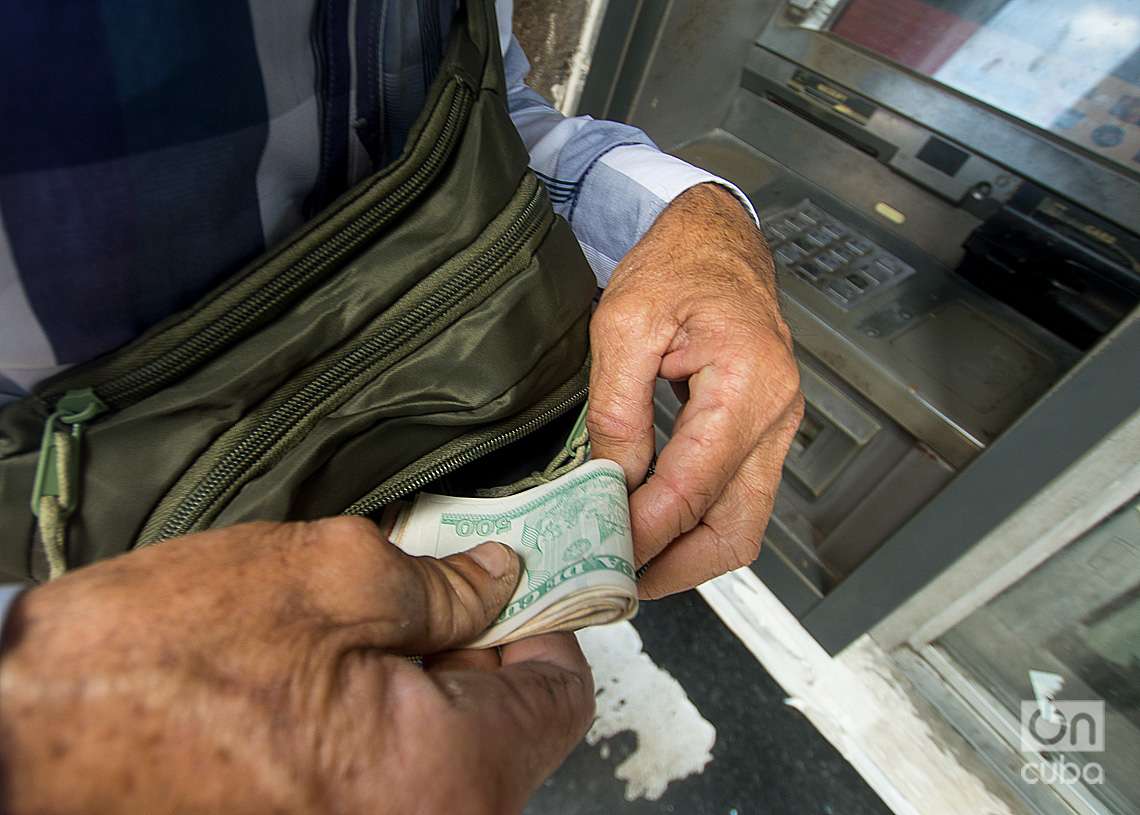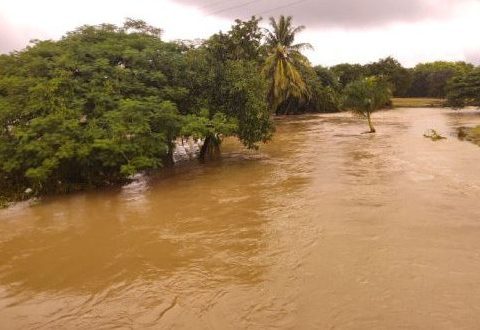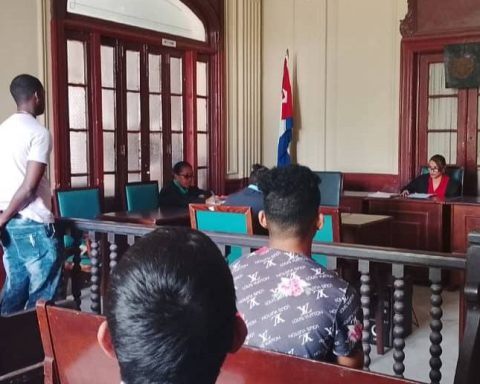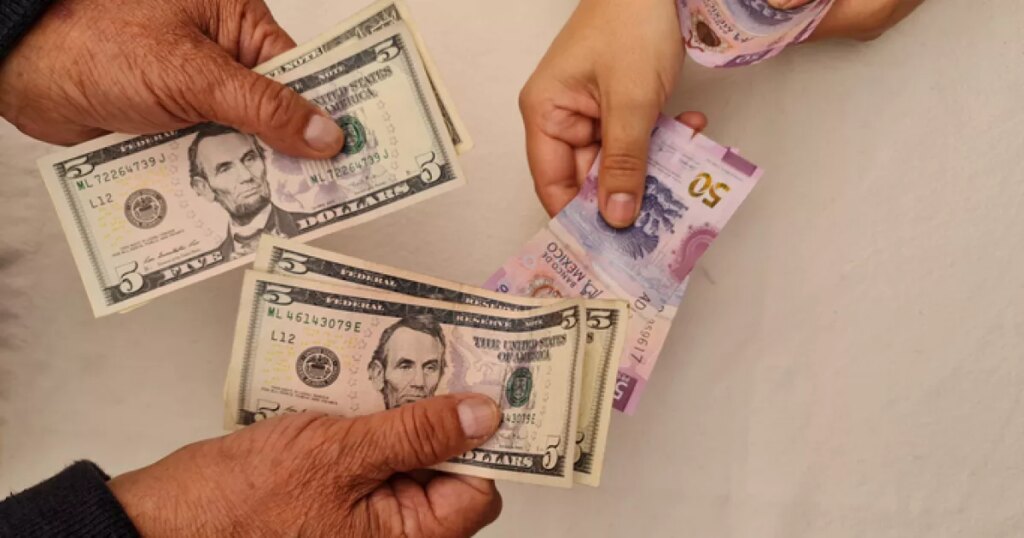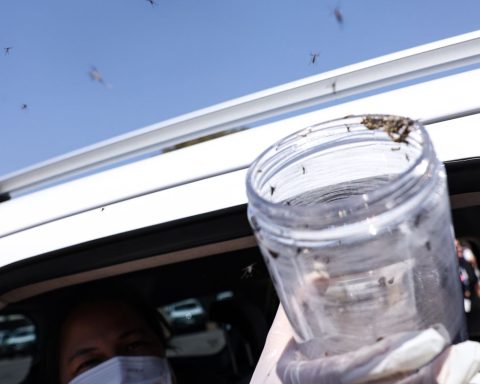The prices in the formal market of Cuba have begged in the last two years since the entry into force of the Sorting Taskaccording to data from the National Office of Statistics and Information (ONEI) processed by the Spanish agency efe.
The rise in prices during this period it has been even more pronounced in food, where they almost tripled, as a result of the severe shortages that the country suffers and its strong dependence on imports in an environment with a strong dollar and a declining Cuban peso (CUP). .
According to the ONEI monthly report cited by the Spanish agency, the year-on-year Consumer Price Index (CPI) in the formal market stood at 39.07% in December 2022. This indicator, in the same month of the previous year, was was in 77.33%.
This means that on average, prices doubled (x2.07) between January 1, 2021 and December 31, 2022, coinciding with one of the most serious crises the country has experienced in decades.
The crisis is evident in the shortage of basic products (such as food, medicine and fuel), the partial dollarization of the economy, a deep depreciation of the peso, prolonged and frequent blackouts and a sharp increase in prices.
Such a situation is the conjunction of the pandemic and the tightening of US sanctions against Cuba with errors in internal economic policy, especially in the design of the Ordering Task, something recognized by the Government itself.
This package of economic and monetary reforms wanted to put an end to the double currency in the country, but it ended up generating another series of imbalances that are well perceptible on a day-to-day basis, with inflation and the hidden dollarization of the economy at the forefront.
Food
Among the generalized rises, the behavior of food stands out, something that especially affects the Cuban population with lower incomes. Those included in the supply card do not cover the needs at all.
The Food and non-alcoholic beverages category registered a rebound of 62.95% in the whole of 2022, when the increase in this heading the previous year had been 113.95%. This means that official prices almost tripled (x 2.85) between 2021 and 2022.
“The salary does not compensate”: collateral damage of the Order in Cuba
Other items with strong price increases in 2022 were Restaurants and hotels (55.64%) and Alcoholic beverages and tobacco (25.36%).
All categories experienced price increases last year, mostly at double-digit rates. The least inflationary, as is traditional, were Health (2.15%) and Communications (0.34%).
Only in December 2022, the CPI increased by 3.74% in December compared to the previous month, the ONEI specified. In that month, the prices of Food and non-alcoholic beverages experienced a rise of 5.66%, followed by 4.22% of Restaurants and Hotels.
informal market
The ONEI does not include the evolution of prices in the largest and best-stocked informal market on the island, which is more prone to inflation due to the severe shortages that the island suffers and the total lack of regulation.
Cuba imports 80% of what it consumes, according to the United Nations. Therefore, the depreciation of the Cuban peso (CUP) in 2022 is relevant, which went from 72 CUP per dollar to around 165 in the informal market, although it reached 200 in the middle of the year.
Various private sources have published estimates that place inflation in this market at three digits in 2022, although with great divergences between them. The figures were just as high in 2021.
The serious economic crisis is the main factor behind the strong migration that Cuba is experiencing, which has seen more than 3% of its population leave in 2022, according to different calculations.
Macroeconomic stabilization in Cuba: the task is big and the margins are narrow
More than 313,000 Cubans (of the 11.1 million inhabitants of the island) arrived last year in the United States illegally through its southern border. Several thousand more have marched to Spain and Mexico, among other countries.
Economic difficulties have also fueled protests such as the demonstrations on July 11, 2021 and those that took place in the summer of 2022 throughout the country, essentially linked to the blackouts resulting from the energy crisis, on which the Government is working.
Efe/OnCuba.
